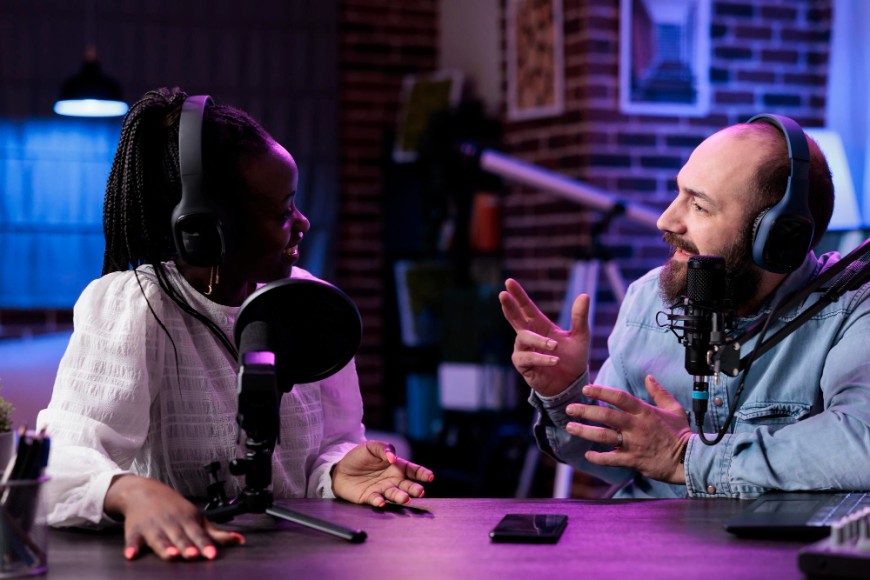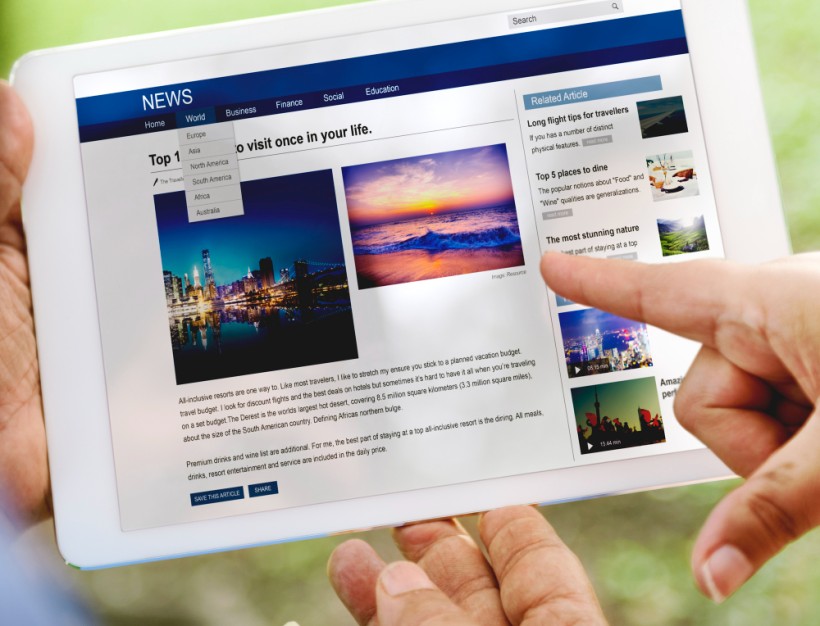We spoke to 49 content and marketing leaders and scoured the web to learn more about the latest content marketing trends in 2025.
The consensus was clear: AI, search engines, and consumer behavior are reshaping the way brands connect with people.
The biggest shift for 2025? Quality over quantity.
People don’t just want more content—they want engaging content that feels personal, useful, and actionable. They expect great content that delivers real value, not surface-level AI-generated fluff.
In this article, we’ll break down the latest content marketing trends and marketing strategies you need to stay ahead.
1. AI in content marketing: from competitive edge to baseline expectation
AI isn’t an advantage anymore—it’s expected. In 2024, over 69% of marketers said they were already using AI-powered tools. In 2025, that number will be even higher. But just using AI won’t be enough.
The brands that win will be the ones who use AI strategically—not just to save time, but to improve content creation and execution.
What’s changing:
- AI-generated content will be everywhere, but people will get better at spotting low-quality, robotic writing.
- Virtual influencers and AI-driven influencer marketing will rise, with some brands using AI-powered brand ambassadors to engage audiences 24/7.
How to stay ahead of this trend:
- Use AI to enhance creativity, not replace it. AI can help with research, outlines, and data analysis, but human expertise should shape the final content.
- Build ethical AI governance policies to maintain transparency and trust.
- Optimize content as part of an AI-driven search engine optimization strategy to appear in AI-generated results.
2. Human-centric storytelling will dominate
With AI-generated content flooding the internet, your B2B content marketing strategy needs to focus on authentic storytelling.
People don’t connect with robotic, generic content—they connect with real stories, emotions, and experiences.
What’s changing:
- Brands will prioritize high quality content over volume, shifting from mass-producing articles to crafting more impactful narratives.
- Emotional storytelling will drive engagement, helping brands cut through AI-generated noise.
- Founder branding and thought leadership will be more effective than polished corporate messaging.
How to stay ahead:
- Focus on real customer stories and behind-the-scenes content to build brand awareness.
- Invest in video content marketing—human faces and voices create stronger connections.
- Train your team in narrative-driven writing to make content feel authentic and personal.
3. SEO and search behavior are changing—are you ready?
Traditional SEO is evolving fast. Search engines are shifting toward AI-powered search results, changing the way people find and engage with content marketing efforts.
What’s changing:
- AI-generated search engine results (AI Overviews) are becoming more common, reducing organic website traffic.
- Search behavior is shifting from keyword-based queries to natural, conversational questions.
- Video marketing and interactive content are becoming essential for search rankings.
How to stay ahead:
- Optimize content for search engines, focusing on detailed, conversational answers.
- Create mid-funnel content—buyers are looking for product comparisons, interactive tools, and buying guides, not just general information.
- Invest in video content and video marketing, and optimize metadata and transcripts for search visibility.
4. Content strategy needs to be intentional, not just frequent
Brands that create content without a clear content marketing strategy will struggle in 2025. The focus is shifting from high-volume content to high-impact content.
What’s changing:
- More brands will conduct large-scale content audits, removing underperforming blog posts and articles.
- An AI-powered content workflow will streamline content creation, reducing time spent on administrative tasks.
- Owned media (email marketing, communities) will become more valuable as social media reach declines.
How to stay ahead:
- Conduct a content audit to refine your library and remove outdated existing content.
- Develop a 3- to 6-month content marketing strategy focused on strategic outcomes.
- Build owned media channels, such as email marketing and private communities, to reduce reliance on social media algorithms.
5. The LinkedIn thought leadership era is here
With organic reach declining on other platforms and channels like Google Ads delivering variable ROI, social media marketing is becoming more community-driven. LinkedIn is now the go-to platform for B2B content marketing and brand awareness.
What’s changing:
- Founder-led content will outperform corporate brand accounts on the social media platform. People want to hear from real leaders, not faceless brands.
- LinkedIn Thought Leader Ads (TLAs) will become a must-use strategy for expanding reach.
- Personal branding will drive more B2B sales than paid ads alone.
How to stay ahead:
- Shift from corporate social media to executive-led content creation.
- Use LinkedIn Thought Leader Ads to boost high-performing posts.
- Leverage video content, carousels, and LinkedIn newsletters to engage your audience.
6. Interactive and experiential content will replace passive content
People are done with passive scrolling—they want interactive content that adds value.
What’s changing:
- Gamified and interactive content (quizzes, polls, assessments) will increase engagement.
- Live and community-driven experiences (LinkedIn Audio content, live Q&As) will grow.
- Augmented reality (AR) and immersive experiences will start gaining traction.
How to stay ahead:
- Add interactive content elements to blog posts and videos.
- Create community-driven content strategies, such as exclusive LinkedIn groups or Slack channels.
- Experiment with augmented reality, visual content, and immersive formats.
7. Subscription-based content and audience retention will matter more than virality
As organic reach declines, brands will focus on subscribers over short-term impressions.
What’s changing:
- Email marketing and community-based strategies will grow as brands shift away from social media dependency.
- Paid and exclusive content models (newsletters, memberships) will become more common.
- Long-term audience retention strategies will outperform viral marketing.
How to stay ahead:
- Prioritize growing your email list and offering valuable subscriber-only content.
- Focus on long-term audience retention, not just quick engagement spikes.
- Test membership-based content models, such as premium, high-quality content for subscribers.
Final thoughts: What this means for content marketers in 2025
The latest trends in content marketing emphasize depth, strategy, and authenticity.
AI will make content creation easier, but human storytelling, thought leadership, and well-executed marketing efforts will drive real results.
To stay ahead:
- Focus on high-quality, engaging content creation that resonates with your audience.
- Optimize for AI-driven search engines and LinkedIn thought leadership.
- Invest in interactive content, email marketing, and owned media to build a loyal audience.
If your content isn’t strategic, engaging, and optimized for the future, it won’t work in 2025.
The good news? The brands that adapt now will have a massive advantage.





